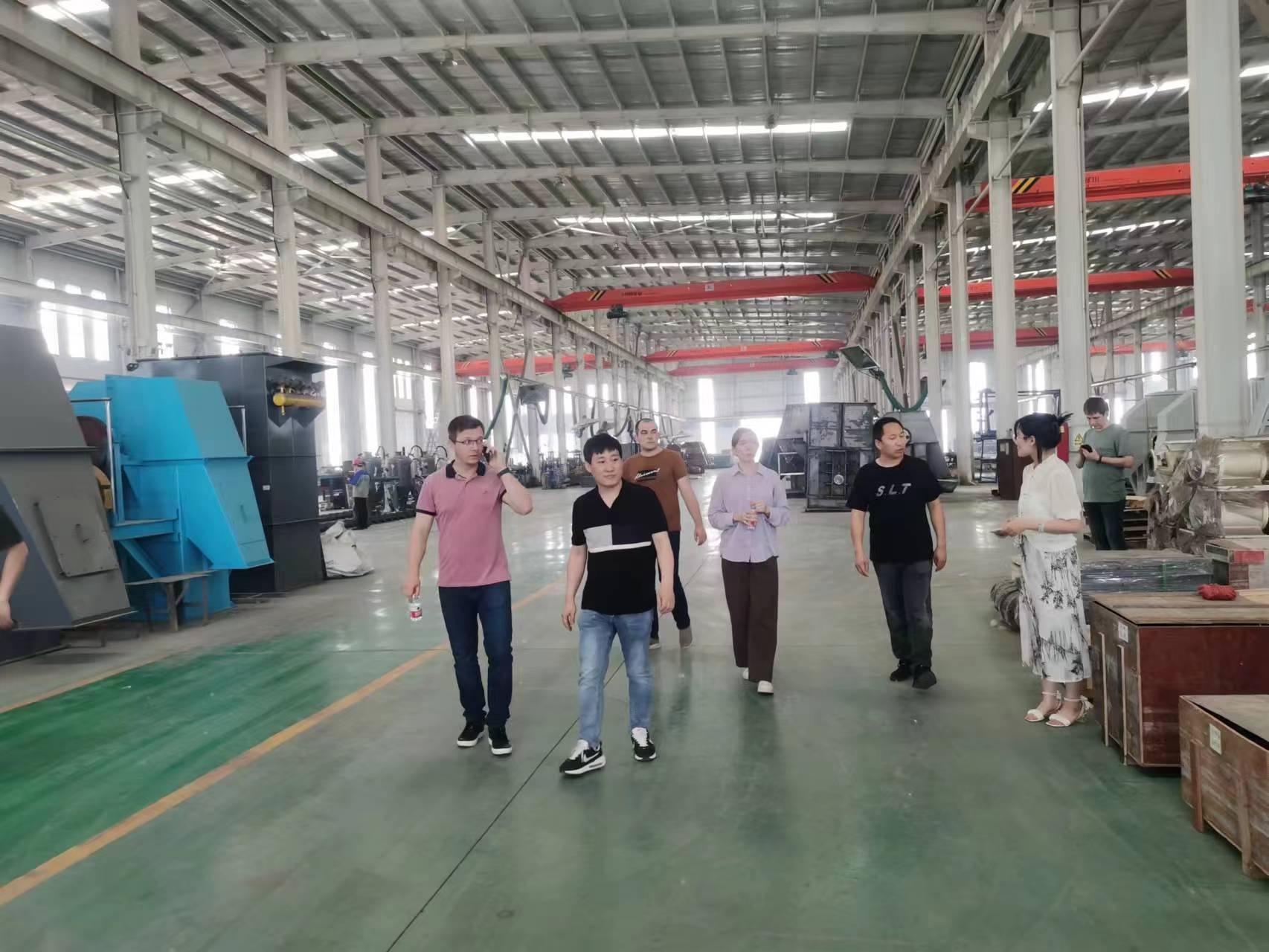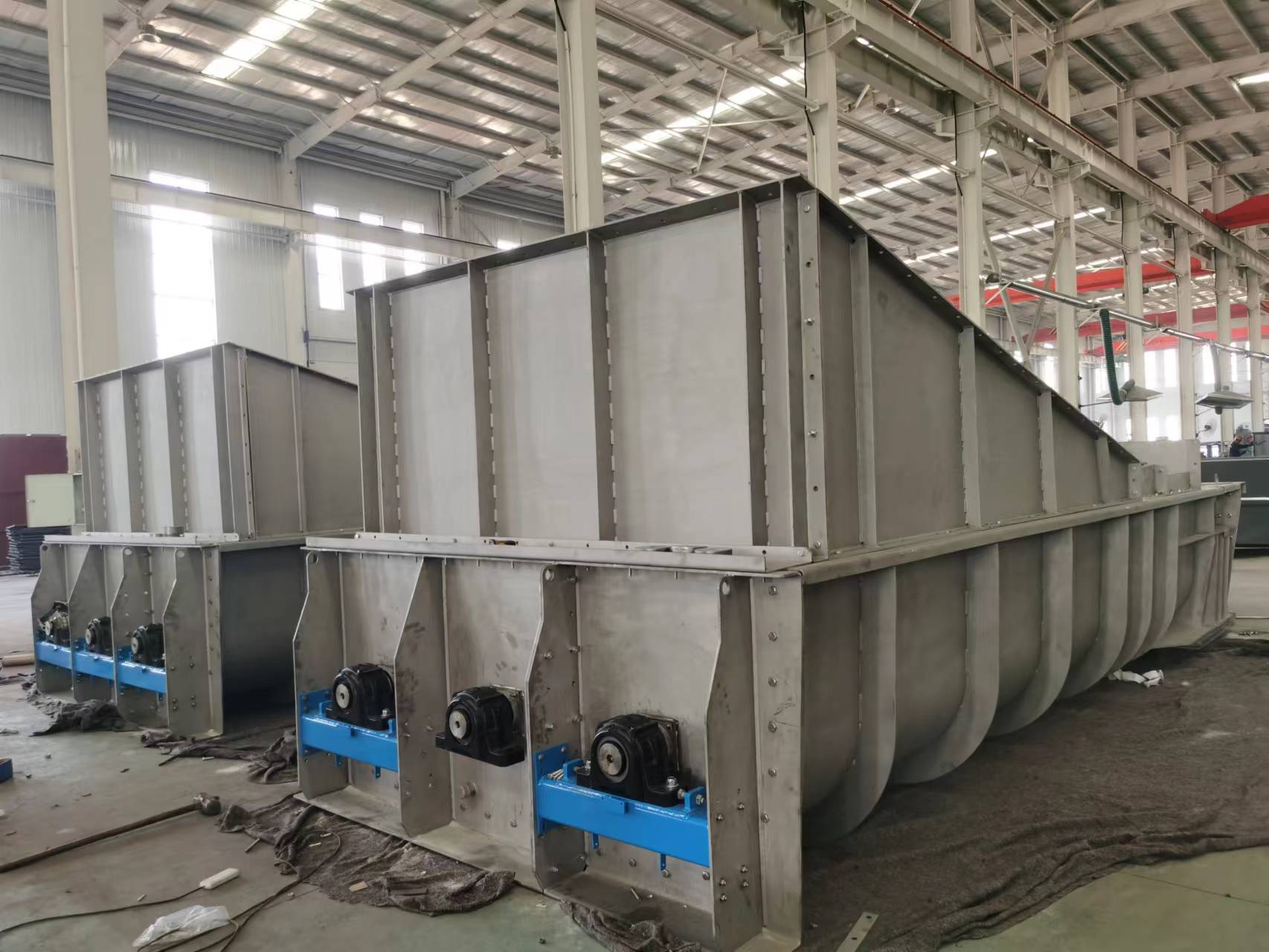Application Principle Analysis of Dust Layer and Surface Filtration of Filter Bag
Jun 18,2019
The flue gas and dust penetrate through the surface of the filter cloth and at the same time remove the dust by some method. After the balance of the two functions mentioned above, the inner layer of the filter cloth (felt layer) forms a layer of 0.5-0.7mm thick, which is intertwined by dust and filter cloth fibers. This is called the inner layer of filter layer, which is equivalent to the first filter layer of the plain fabric.
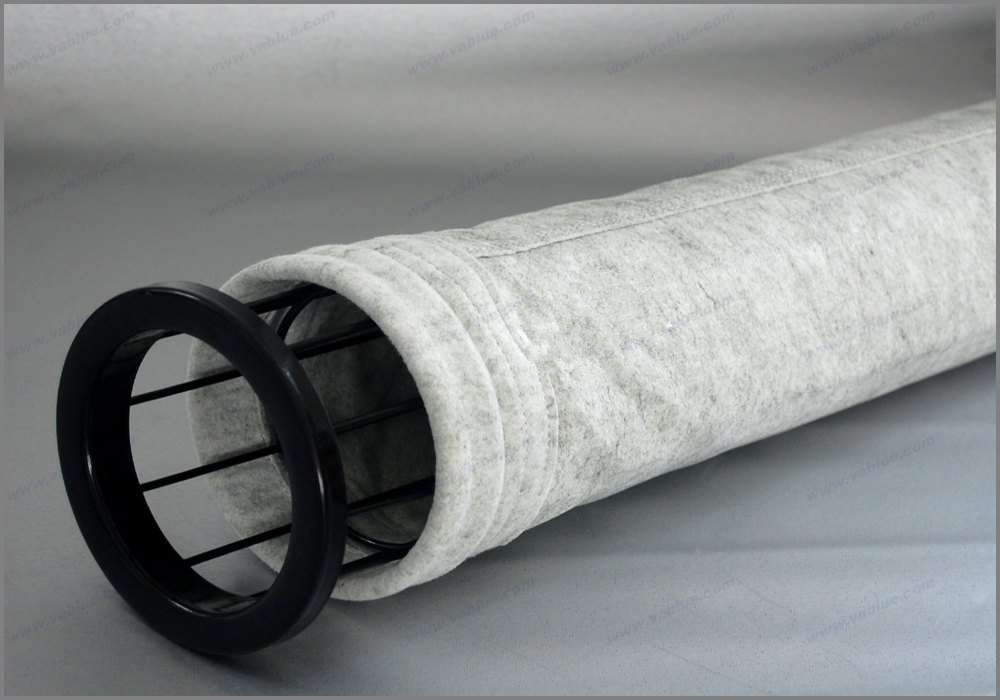
Dust layer filtration principle:
In the filtration mechanism of filter material fibers, such as diffusion, gravity, inertial collision, electrostatic and other effects exist on the dust layer, but the main one is screening. When the bag filter starts to operate, there is no dust on the new filter bag. After several minutes of operation, a very thin dust film is formed on the surface of the filter bag. Because the filter bag is made of fibre, before the dust layer is formed, the dust will gradually form the bridge phenomenon between fibers under the action of diffusion effect. The diameter of filter bag fibers is generally 201 1005m. The diameter of needle-punched felt fibers is mostly 10-205 M. The distance between fibers is usually 10-305m, so the bridge-building phenomenon is easy to occur. The dust layer of 0.3-0.5mm after bridge erection is completed is often called dust film or primary dust layer. The dust that accumulates again on the primary dust layer is called the secondary dust layer.
The dust removal efficiency of plain weave fabric filter cloth itself is 85% to 90%, and the efficiency is relatively low. However, when the dust on the surface of the cannon surface is adhered and accumulated, 99.5% of the dust removal efficiency can be obtained. Therefore, it is necessary to make the dust layer 0.3-0.5 mm thick on the surface of the filter cloth after dust removal to prevent the dust removal efficiency from decreasing. The problem is how to retain the secondary dust layer during the operation of the dust collector, but only remove the second dust layer. This problem is not only a technical problem, but also a disposal experience for the design and manufacturing plant. Therefore, we can say that the history of bag filter is the history of gradual improvement. Based on the influence of dust layer on efficiency, the efficiency of dust removal in the peeling part of dust layer decreases sharply; at the same time, due to the reduction of pressure loss, flue gas flows through this part centrally. Therefore, after a few seconds, a dust layer is formed on the surface of the filter cloth, and the dust removal efficiency rises again, that is, a certain amount of dust can be discharged in each cleaning cycle. On the other hand, if the filter air speed is properly designed, there is a certain pressure loss (usually 100 () to 1500Pa) in the filter layer on the surface of the filter cloth, that is, when the filter layer reaches a certain thickness in the required time, the time is inversely proportional to the filter air speed. When the filtering wind speed is n times and the time required is 1/n, the dust layer must be removed at least N times per hour. In fact, the time required for cleaning must be considered'(10-130s), and N times should be taken. In addition, needle-punched non-woven felt is used as filter cloth. Generally, the thickness of needle-punched non-woven felt is 1.5-2.5mm, which is equivalent to the primary dust layer mentioned above. It exists in the inner layer of filter cloth. The flue gas and dust penetrate through the surface of the filter cloth and at the same time remove the dust by some method. After the balance of the two functions mentioned above, the inner layer of the filter cloth (felt layer) forms a layer of 0.5-0.7mm thick, which is intertwined by dust and filter cloth fibers. This is called the inner layer of filter layer, which is equivalent to the first filter layer of the plain fabric. However, the flue gas re-accumulates on the surface of the filter cloth and becomes a secondary dust layer.
In this way, the inner filter layer is interwoven with fibers, and its properties are quite different from those of the secondary dust layer. Therefore, if only the secondary dust layer is removed, the inner filter layer will be easily retained, so the dust removal efficiency will not decrease after dust removal. The adhesion of dust on the filter cloth is very strong, when the filtration speed is 0.28m/. When the diameter is 105m, the adhesion of dust particles on the filter material can reach 1000 times of the particle self-weight, and the adhesion of dust particles on the filter material of 55m can reach 4200 times of the particle self-weight. So the dust layer will continue to exist after the filter bag is cleaned. The existence of dust layer greatly strengthens the screening function and improves the filtration efficiency. The sieve hole formed by the dust layer is much smaller than that of the filter material fiber, and its sieving effect is obvious.
The formation of dust layer is related to the filtering speed. The formation of dust layer is faster when the filtering speed is higher, and slower when the filtering speed is very low. If only considering the filtering effect of dust layer,'low filtering speed is not beneficial. When the dust layer continues to thicken, it must be removed in time by the method of dust cleaning, otherwise the resistance will be too high, or the dust layer will fall automatically, which will lead to the phenomenon of "air leakage" between the dust and reduce the effect of dust capture.
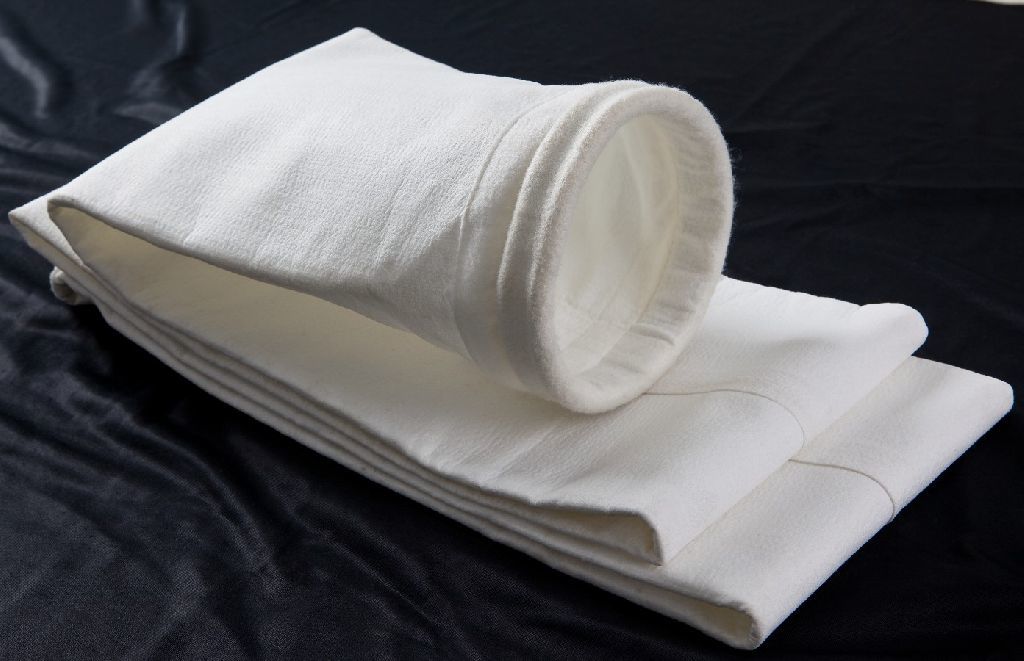
Surface filtration principle:
Based on the theory that the formation of dust layer is beneficial to filtration, a layer of microporous film is artificially coated on the surface of ordinary filter material to improve the dust removal effect. So the film on the filter surface is also called artificial dust layer. In order to control the trapping efficiency of different particles, the pore size of microporous surface films for different purposes is changed. For example, the micropore size is usually less than 25m when common dust is filtered; 0.35m when bacteria are filtered; and 0.055m when viruses are filtered. This difference is just like a sieve hole. According to the requirements of the sieve above and below, different sieve meshes are selected.
The membrane for surface filtration can be coated on the surface of ordinary filter material or on the surface of plastic baking board. Recently, the film covered by filter cloth is made of vinyl fluoride. There are more than 20 types of bottom cloth, but only one kind of film. The thickness of the film is about lO5m, and the products of each manufacturer are slightly different.
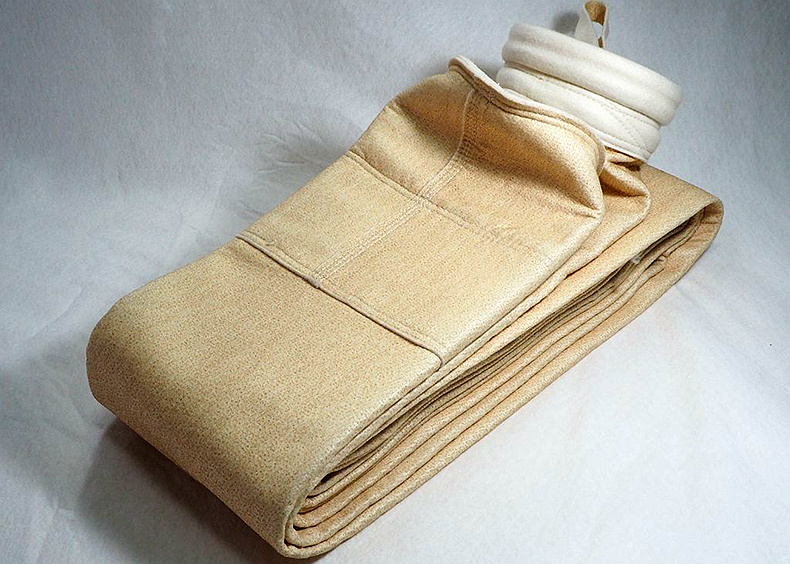
EVER LUCKY company is a professional filter bag Chinese manufacturer, we can customized the best quality filter bag which can meet different working condtion technical requirement.
Warmly welcome you to contact with us, and cooperate with us.
Related dynamics
Contact Us
Email: sales01@everluckymachinery.com
Whatsapp: +86-13722852356
Wechat: ff0082006
Sype: 297338284@qq.com
Tel: +86-317-5660915
Fax: +86-317-8330026
Address: Botou city Hebei province



